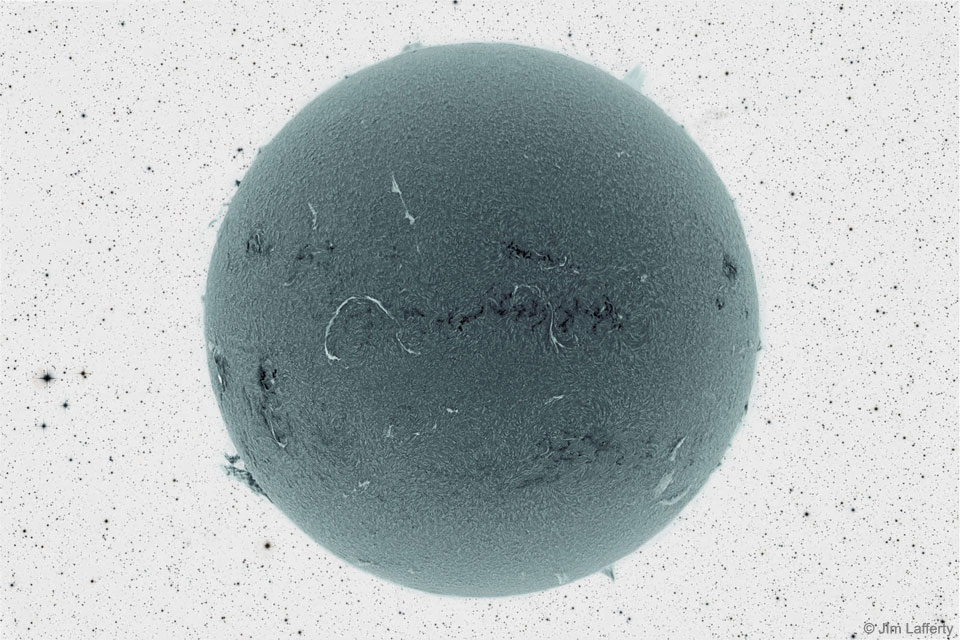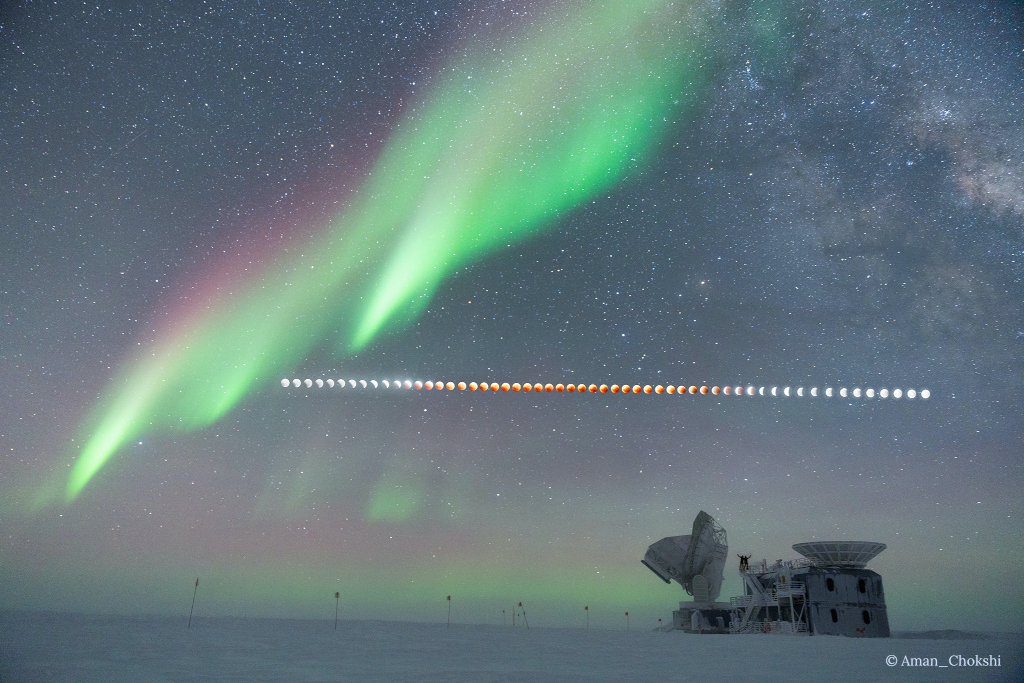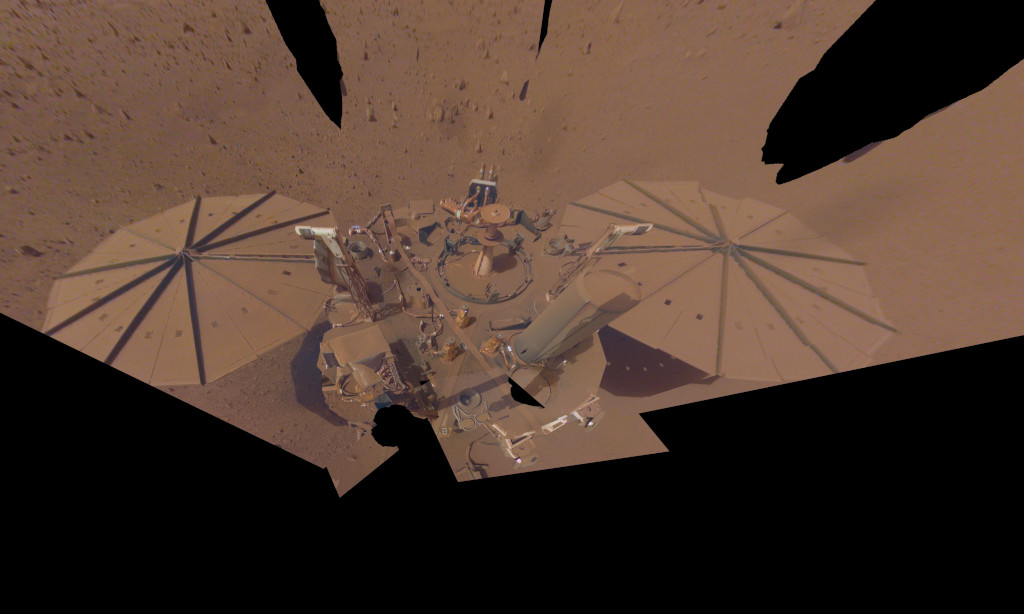안녕하세요, 잡학다식 입니다. 오늘은 과연 나사에서 어떤 방식으로 우주의 형상을 표현해 줄까요?
우선 이미지부터 볼 수 있도록 하겠습니다

해당 사진의 이름은 Dark Ball in Inverted Starfield 인데요 우선 NASA에서 공식적으로 발표한 설명들을 확인해 보겠습니다
Does this strange dark ball look somehow familiar? If so, that might be because it is our Sun. In the featured image from 2012, a detailed solar view was captured originally in a very specific color of red light, then rendered in black and white, and then color inverted. Once complete, the resulting image was added to a starfield, then also color inverted. Visible in the image of the Sun are long light filaments, dark active regions, prominences peeking around the edge, and a moving carpet of hot gas. The surface of our Sun can be a busy place, in particular during Solar Maximum, the time when its surface magnetic field is wound up the most. Besides an active Sun being so picturesque, the plasma expelled can also become picturesque when it impacts the Earth's magnetosphere and creates auroras. Compute it Yourself: Browse 2,900+ codes in the Astrophysics Source Code Library
이번에도 광활한 우주 앞에 인간이 얼마나 작은 존재인지 다시 한번 알게 되는것 같습니다
저는 내일도 더 좋은 사진과 함께 돌아오겠습니다, 그럼 행목한 하루 되시길 바랍니다
'과학상식' 카테고리의 다른 글
| NASA 나사의 오늘의 이미지들 (2022-11-08) (0) | 2022.11.09 |
|---|---|
| NASA 나사의 오늘의 이미지들 (2022-11-07) (0) | 2022.11.08 |
| NASA 나사의 오늘의 이미지들 (2022-11-05) (0) | 2022.11.06 |
| NASA 나사의 오늘의 이미지들 (2022-11-04) (0) | 2022.11.05 |
| NASA 나사의 오늘의 이미지들 (2022-11-03) (0) | 2022.11.04 |

